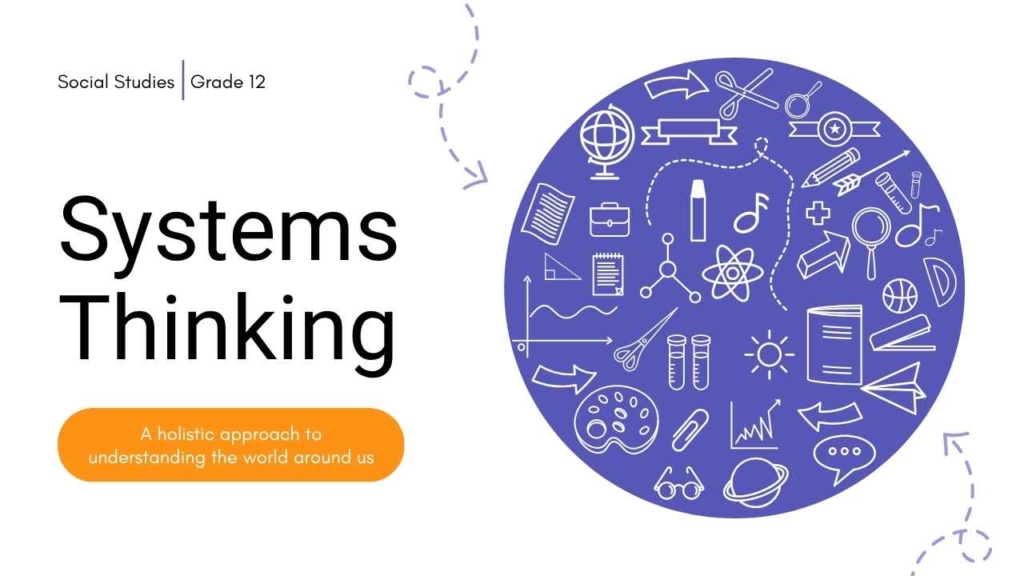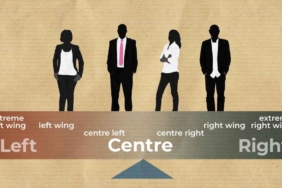As countries around the globe continuously evolve, the debate surrounding presidential and parliamentary systems remains a vital topic in political science. Understanding their differences and implications can help citizens navigate the complexities of governance.
What are Presidential and Parliamentary Systems?
Presidential systems are characterized by a clear separation of powers among the executive, legislative, and judicial branches. The president, typically elected by the public, serves as both the head of state and government, wielding significant authority over national matters.
In contrast, parliamentary systems feature a fused executive and legislative branch. The head of government, often referred to as the prime minister, is drawn from the legislature and is accountable to it, which can lead to more collaborative governance.
Who Uses These Systems?
| Country Type | Examples |
|---|---|
| Presidential | United States, Brazil, Mexico |
| Parliamentary | United Kingdom, Canada, India |
Why Choose One Over the Other?
- Stability: Presidential systems are often viewed as more stable due to fixed terms for elected officials.
- Efficiency: Parliamentary systems can lead to faster legislation as the executive and legislature work closely.
- Accountability: In parliamentary systems, if the prime minister loses the confidence of the parliament, they can be removed, promoting accountability.
- Representation: Presidential systems may allow for a wider range of party representation in government.
When Are These Systems Relevant?
The choice between presidential and parliamentary systems often hinges on a country’s unique historical, cultural, and social contexts. For instance, countries emerging from authoritarian rule may favor presidential systems as a symbol of individual leadership and accountability.
Conversely, nations seeking unity and collaborative governance might lean towards parliamentary systems to avoid the polarization often seen in presidential systems.
Conclusion: Understanding Governance Structures
The analysis of presidential versus parliamentary systems reveals distinctive advantages and challenges inherent in each structure. Citizens must understand these systems to effectively engage in political discourse and advocate for governance that reflects their values and needs. Ultimately, the choice of governance is not just about structure; it is about ensuring that the voice of the people is heard in matters of national importance.














